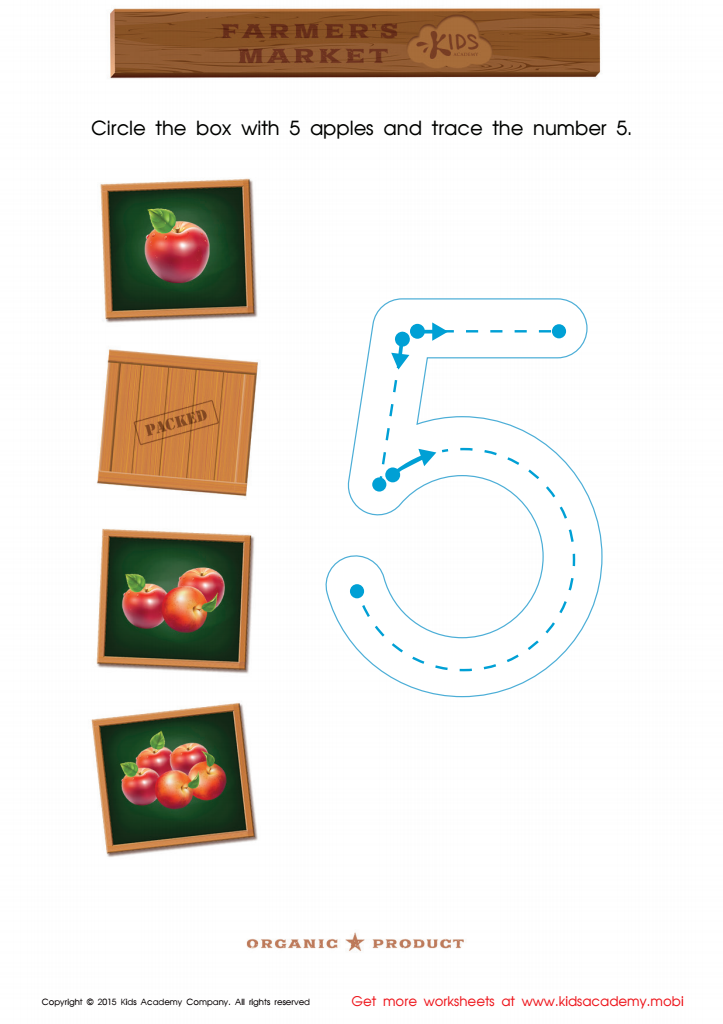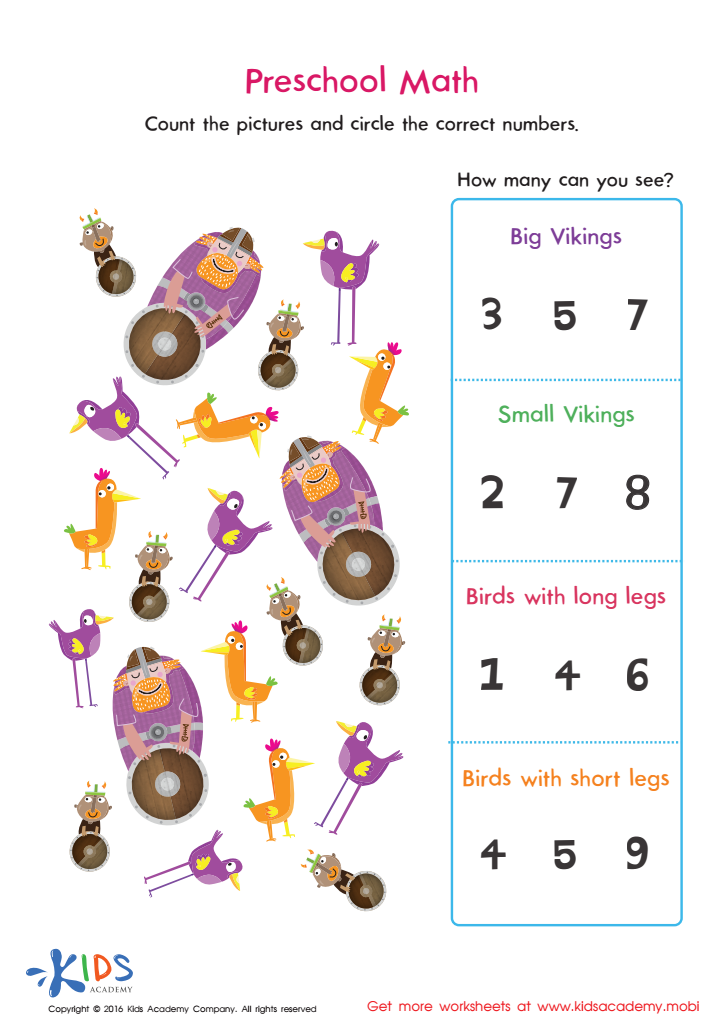Number tracing Kindergarten Math Worksheets
3 filtered results
-
From - To
Boost your child's early math skills with our engaging number tracing kindergarten math worksheets! Designed specifically for young learners, these worksheets offer a fun and interactive way to help children practice number formation and improve their handwriting. Each page features brightly colored visuals and either dotted or dashed lines to guide little hands as they trace numbers from 1 to 20. These activities enhance fine motor skills and number recognition, laying a strong foundation for successful math learning. Perfect for at-home learning or classroom use, our number tracing worksheets make math enjoyable and accessible for preschool and kindergarten students!


Count the Apples and Trace the Number 5 Printable


Number tracing is an essential activity in kindergarten math that aids young learners in developing foundational skills vital for future academic success. Parents and teachers should care about this activity for several reasons. First, tracing numbers enhances fine motor skills, as children practice controlling their pencil movements, which is crucial for writing and other hand-eye coordination tasks.
Moreover, number tracing promotes number recognition, allowing children to become familiar with numerical symbols and their shapes. This is a critical step toward understanding quantity and basic arithmetic. By engaging in number tracing, children also build confidence in their math abilities, setting a positive attitude toward learning that lasts a lifetime.
Additionally, regular practice through number tracing helps reinforce counting skills and early math concepts like sequencing. Children learn to associate quantities with the corresponding written numbers, facilitating a deeper understanding of the relationship between symbols and their meanings.
Finally, number tracing can serve as a bonding activity between parents and children or between teachers and their students, fostering a nurturing educational environment. In summary, number tracing is not just about writing; it's a multifaceted approach to building crucial skills that lay the groundwork for mathematical understanding and success in later grades.


 Assign to My Students
Assign to My Students








%20(1).jpg)












